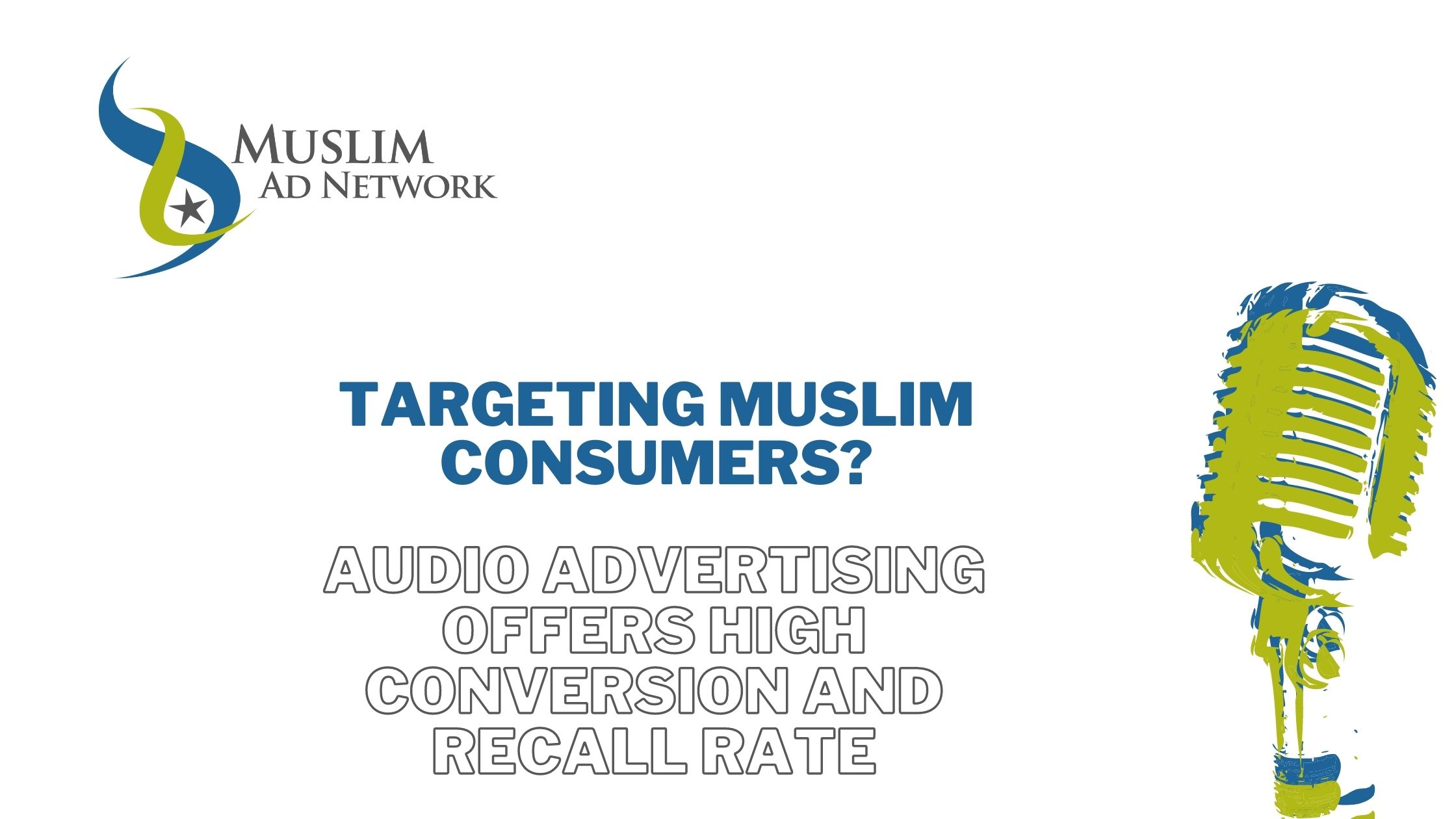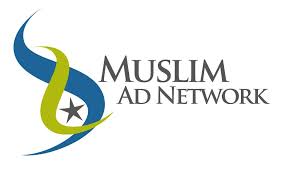
Audio advertising is a new rising star of online advertising that every brand that’s targeting Muslim consumers must consider very strongly.
Since 2020 there has been a 42% rise in global podcast listening. This has largely contributed to the rise in audio advertising.
According to the U.S. Podcast Advertising Revenue Study for 2020, U.S. podcast ad revenues grew 19% YoY in 2020 and are set to exceed $2B by 2023.
Understanding Audio Advertising
Many people, including Muslims, today consume audio on the go. Take for instance someone who is listening to their favorite podcast during a commute; they will probably be fully immersed. This is a great time to offer surgically accurate targeted ads to the consumer as you have their full attention.
Audio advertising is the delivery of ads in audio format through online streaming platforms like podcasts or other streaming apps.
Here are some examples of the top podcast platforms:
- Buzzsprout
- Podbean
- Transistor
- Captivate
- Blubrry
- Libsyn
- Castos
- Simplecast
Here are some examples from the many popular Muslim podcasts:
- Saad Tasleem Podcast
- IIm Feed Podcast
- The Muslim in the Room Podcast
- Coffee with Karim Podcast
- The Young n Muslim Podcast
- The Deenspiration Podcast
- The Mad Mamluks Podcast
Running Audio Ads
Audio ads are for the most part programmatic and are run similarly to programmatic video ads. You can set the target audience, budget, and parameters for each of your campaigns.
You can place audio ads on audio streams in the same way you run video ads on video streams. Your ad placements can be:
- pre-roll,
- mid-roll, or
- post-roll.
This means your ad can be played before, during, or after a streaming session. These ads should typically be 15, 30, or 60 seconds long with no visuals of course.
Just like its video counterpart, audio pre-roll and mid-roll ads can be run as skippable ads. This is a good option for you if you want to experiment with your content and observe listener behavior and interests.
You can also use sequencing to tell your story through multiple ads over time. This is ideal for creating brand awareness. You can then end the sequence with a compelling call to action.
Interactive Audio Ads
Interactive audio ads grab the attention of podcast listeners during ad breaks. But they also entice listeners to engage with ads by clicking their screen or talking back.
In January 2022, Spotify presented an interactive audio ad format with call-to-action cards that appear on the app when a podcast ad starts playing. The same ads recur when the listener has the app open.
These are unlike traditional audio ads where the listener needs to remember a promo code or a vanity URL. Instead, these interactive ads prompt listeners to click through to the website of the brand they’re hearing about in real-time.
“With voice, you get a real-time signal around whether the creative is resonating.”
Source: Chris Record, SVP at SXM Media
Running Audio Ads on Smart Speakers
Smart speakers offer you another opportunity to experiment with interactive audio ads.
Alexa–enabled devices allow listeners to respond to ads they hear by asking the voice assistant for more information about the product being mentioned in an audio ad. Listeners even have the option of asking Alexa to add the product to their cart.
Smart-speaker makers don’t typically offer an option to run ads directly on their devices. However, the voice apps that are integrated into the smart speakers, for example, Skills on Alexa, do.
Interacting with an audio ad essentially offers real-time information about what creative is most effective and when it’s most effective.
If listeners are engaging most in the evenings on a certain day, you may want to increase your media spend for that moment.
Core Benefits of Audio Advertising
Superior Return on Ad Spend: Remember that person listening to a podcast while commuting? You can use audio advertising to reach people like them who are listening to a podcast about a consumer pain that your brand offers a solution to. Such granular targeting offers you a better Return On Ad Spend.
Excellent Recall Rate: Spotify states that audio ads have a 24% higher recall rate than traditional display ads. Also, a survey by Midroll found that 60% of listeners made purchases from podcast ads.
Accurate Attribution on Spend: As an advertiser, you can attribute actual listening sessions to your ad spend. Audio ads can provide you with in-depth data insights. This will help you make better sense of your campaign performance.
No Ad Blocker: Audio advertising remains one of the last forms of commercial communication that has not suffered from ad block interference. The listener naturally accepts a form of compromise between the content they want to listen to and targeted adverts. Saving you from the costs of ad blocking.
Conclusion
Brands are becoming increasingly aware of the potential of audio advertising. Advertisers expect to pour more money into it. The benefits are straightforward and the playing field is level. The trend is even catching the imagination of smart speaker voice apps.
Do you want to learn more about the latest advertising trends? Join the MAN weekly newsletter so you can be the first to know.
start targeting muslim consumers